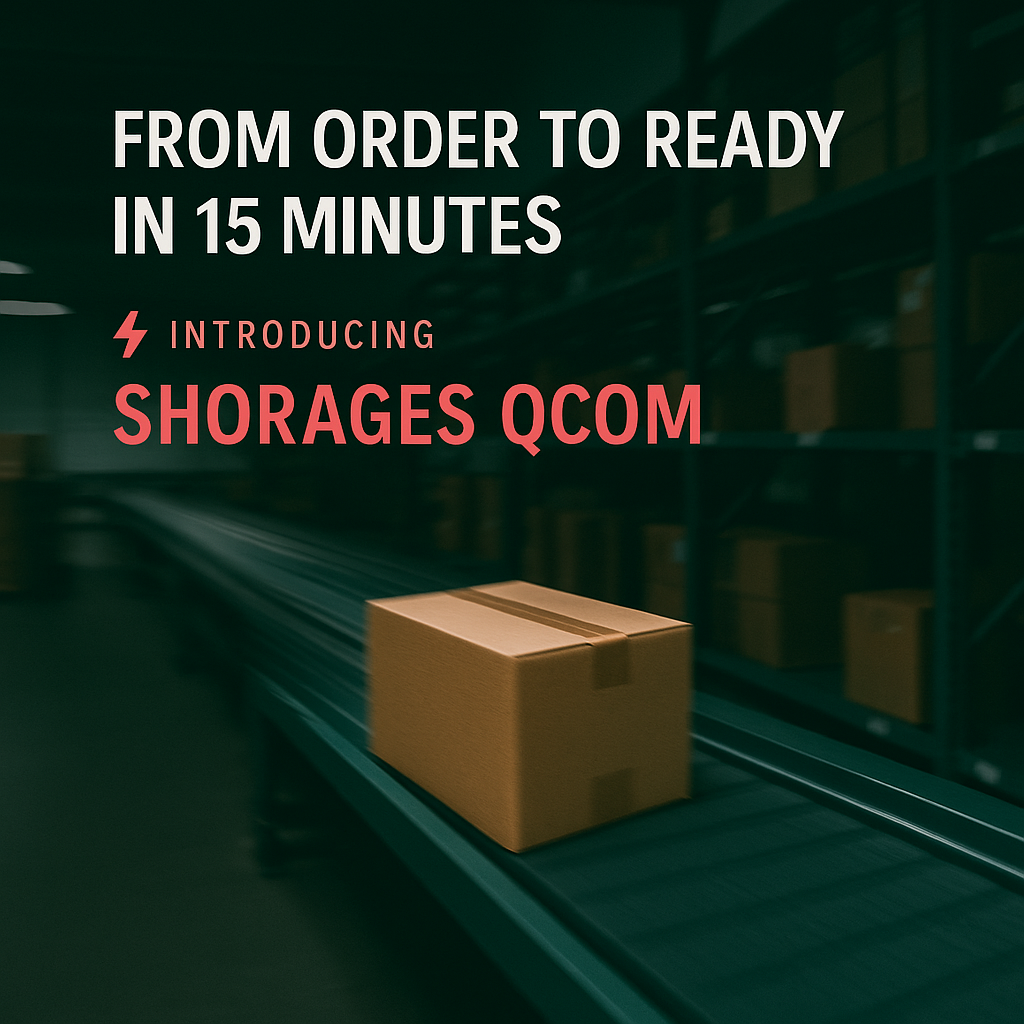Published on Oct 30, 2022
E-Commerce platforms are platforms that allow brands to
launch their own independent online stores. They make it easy to develop the
online store with a wide range of custom templates that can be used; enabling
Entrepreneurs with no coding experience to set-up and launch their stores.
Furthermore, brands can launch these websites under their own domain which
avails several benefits such as:
·
Brand Control: One
of the main reasons sellers decide to sell directly is because it allows them
to manage the narrative of the website. With your own website, you can design
it as you see fit with your own brand guidelines and communication.
·
Lead Generation: With
your own domain set-up, you can create traffic from your different channels
(Instagram, facebook, youtube, etc.) directly into your own website.
·
Direct Sales: Last
but not least, selling directly to consumers allows brands to retain their
profit margins instead of paying it out to marketplaces.
That being said, e-commerce platforms do have their
downsides:
·
Increased Effort:
They are often more difficult to set-up since they require creating a website,
setting up a payment gateway, and investing heavily on marketing.
·
Non-existent Operations
Support: The likes of Shopify and WooCommerce will not provide you with a
fulfillment center for your logistics requirements which means you have to work
with third-party fulfillment centers. The third-party fulfillment center will
be responsible for providing your consumers with an “Amazon-Prime”-like
experience for your storefront.
With both solutions offering their own set of pros and cons,
which one is best? Well, it depends on what the company is most interested in.
Companies with commoditized products that are price-competitive and have little
to no brand impact are better off selling through marketplaces. On the other
hand, companies that are more interested in maintaining a brand presence and
selling their products at a higher margin should invest more in direct sales
through their own e-commerce platforms. Nonetheless, there is a third option, a
hybrid model.
A hybrid model consists
of selling through both, Amazon and your own website. However, this
model requires more complexity from an operational perspective. Managing sales
through multiple channels means managing an influx of orders that come from
multiple channels. This can be difficult to communicate to your fulfillment
center if they do not have a proper integration set-up. Furthermore, it
requires you to maintain two different sets of inventory unless you are working
with a fulfillment center that can centralize this information.
For that reason, whether you decide to sell through Shopify
or both, Amazon and Shopify, selecting a fulfillment center to handle your
storage, picking, packing and last-mile requirements is key. Your choice of
fulfillment partner should be able to easily manage orders coming from multiple
channels. This will help you streamline operations, reduce overhead costs and
therefore increase your margins – all while providing a seamless online
delivery journey for your customer.



